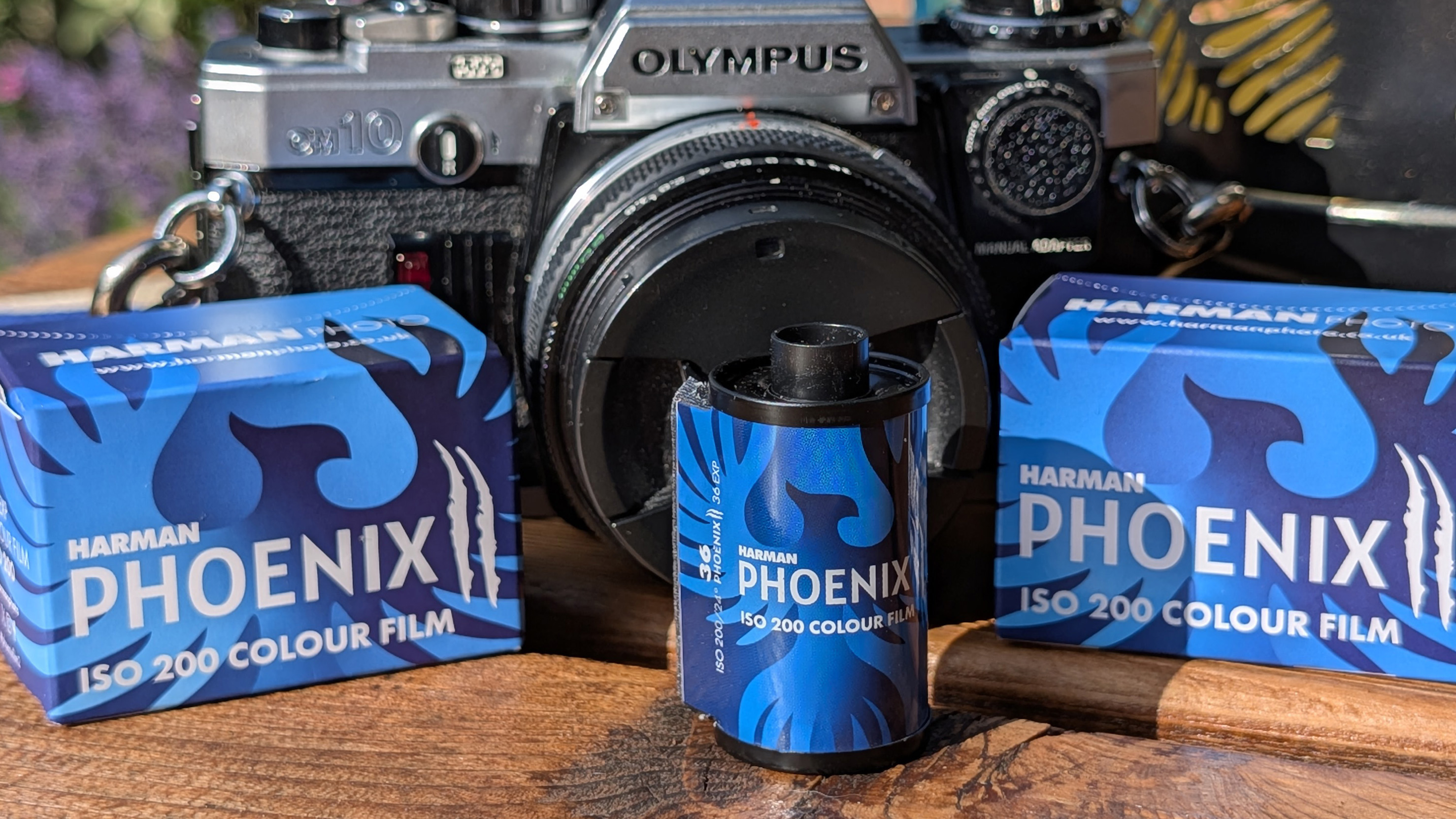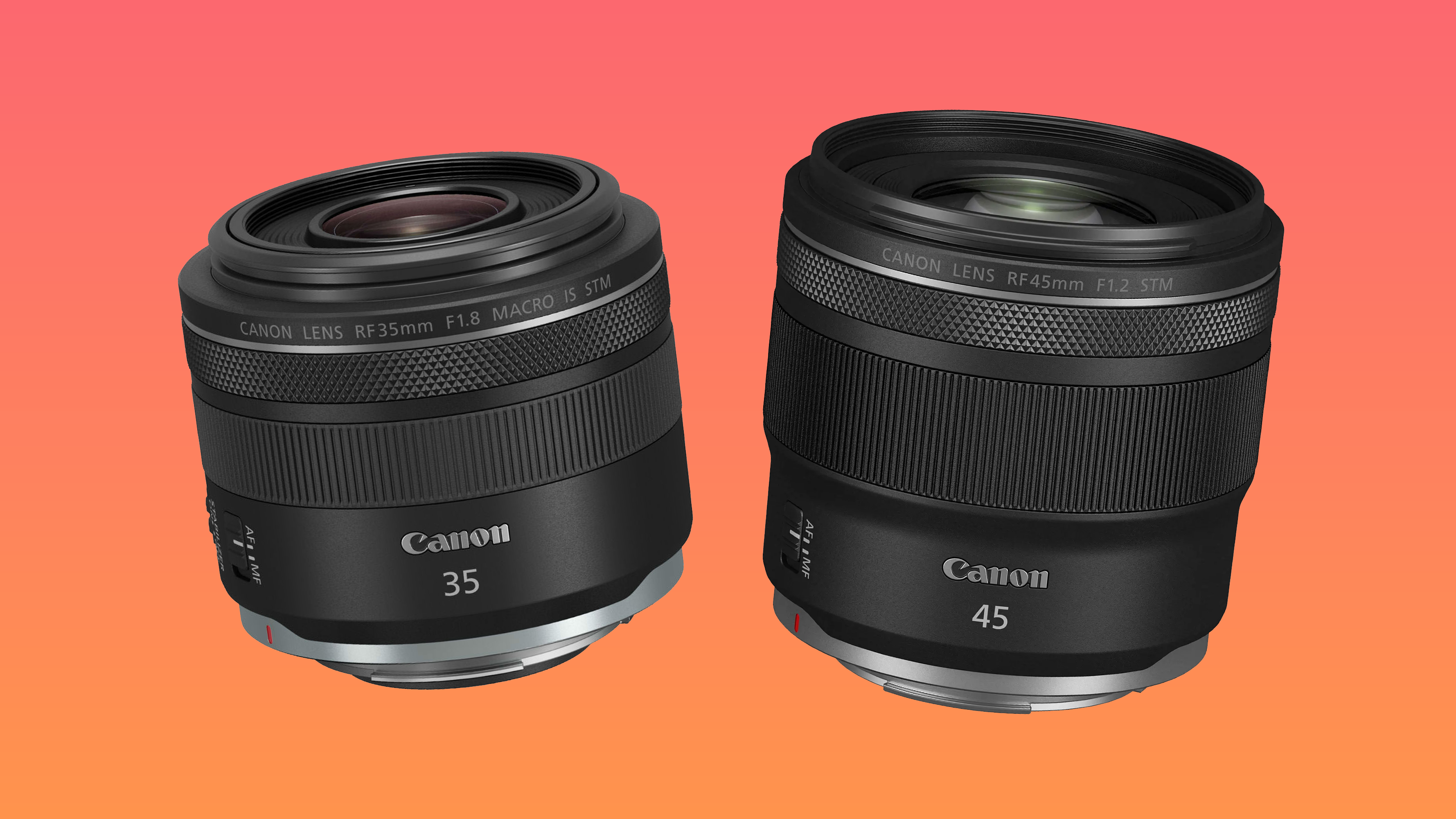Harman launches new Phoenix II color film, with better color reproduction and reformulated ISO 200 film base
Harman Phoenix II: The new color film that lets your shots burn bright
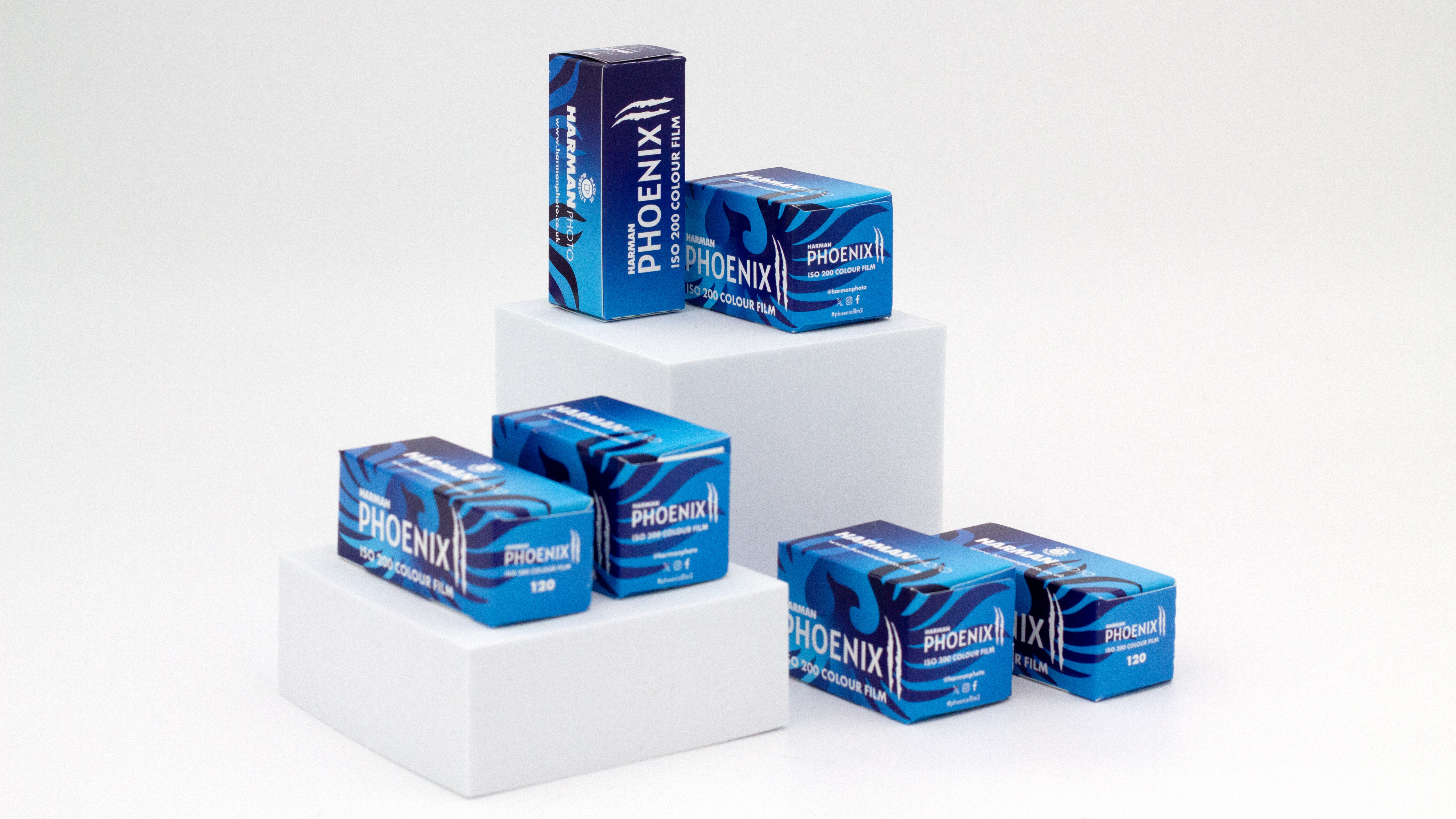
The launch of Harman Phoenix II marks a notable evolution in British-made color film, offering a refined, more usable take on the bold and unpredictable original Phoenix. This second-generation ISO 200 color negative film is designed for the C41 process delivering cleaner contrast, more neutral color balance, and noticeably finer grain.
While it still embraces a creative, experimental aesthetic, Phoenix II is now far more versatile, suited to a wider variety of lighting conditions and more forgiving in exposure.
Whether you’re shooting sun-drenched streetscapes or shadowy woodlands, this is a film that rewards the curious eye with vibrant, unconventional results.
Phoenix II is available in both 35mm canisters (DX-coded for ISO 200) and 120 roll film, making it accessible for a range of film photographers. It thrives outdoors, particularly when metering for mid-tones, and can be shot anywhere between ISO 100 and 200, depending on contrast and scene brightness.
Unlike its predecessor, this film brings improved exposure latitude and more controlled behavior in high-contrast lighting. That said, its personality remains distinct, with potential halation and a purplish negative base (lacking the typical orange mask), Phoenix II isn’t aiming to mimic Kodak Portra or Kodak Gold. This is a film for photographers who appreciate character over clinical perfection.
Processing couldn’t be easier: Phoenix II is fully compatible with the standard C41 color negative development, whether you're using a Jobo rotary system at home or a high-volume dip-and-dunk lab. No processing tweaks are required, and drying is straightforward, provided care is taken to avoid dust and streaks.
Those shooting long exposures should note the need for reciprocity compensation beyond the one-second mark, but for everyday use between 1/10,000sec and one second, there’s no adjustment needed. And unlike many modern films, push processing is not advised - Harman wants you to let Phoenix II speak in its natural voice.
The best camera deals, reviews, product advice, and unmissable photography news, direct to your inbox!
Sample images
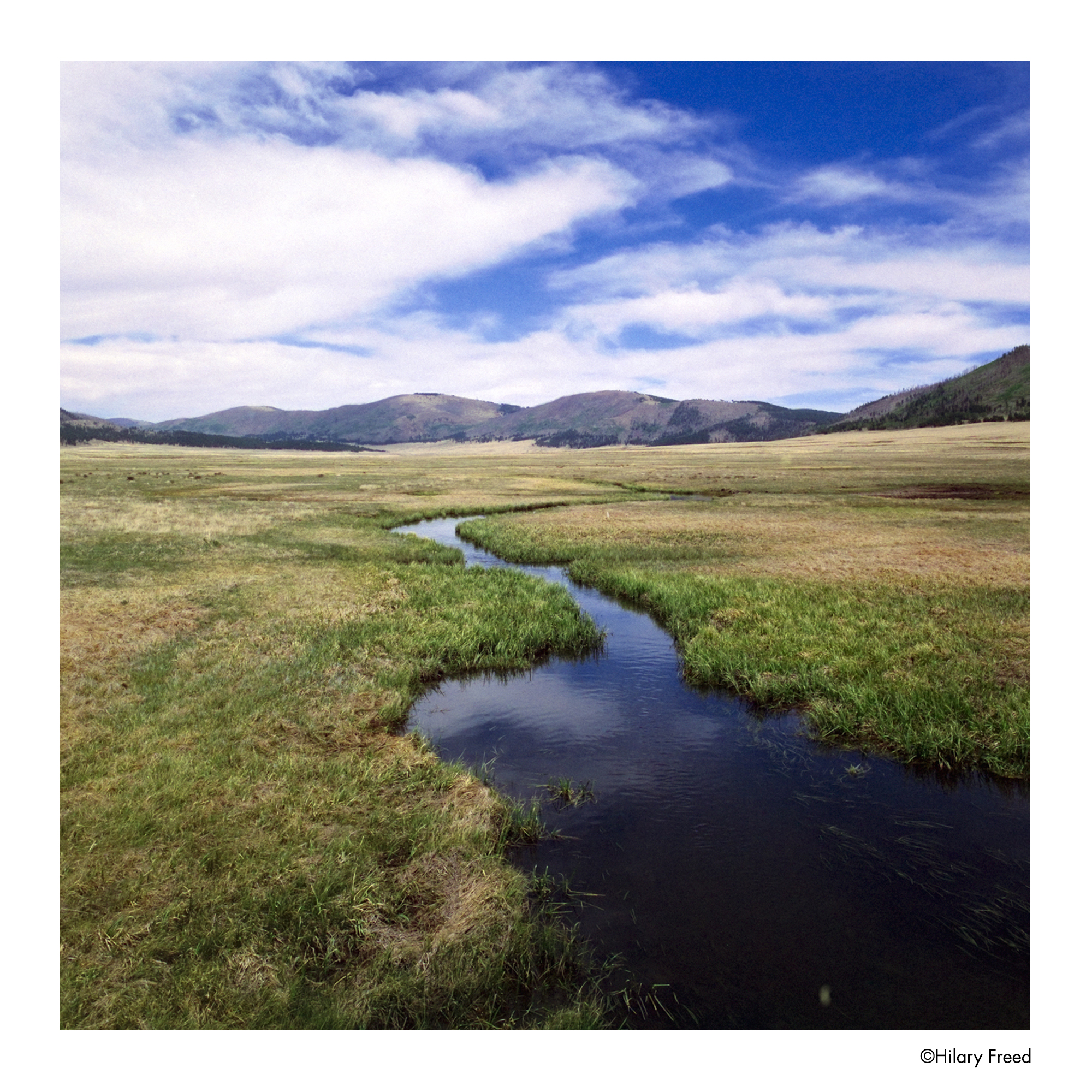
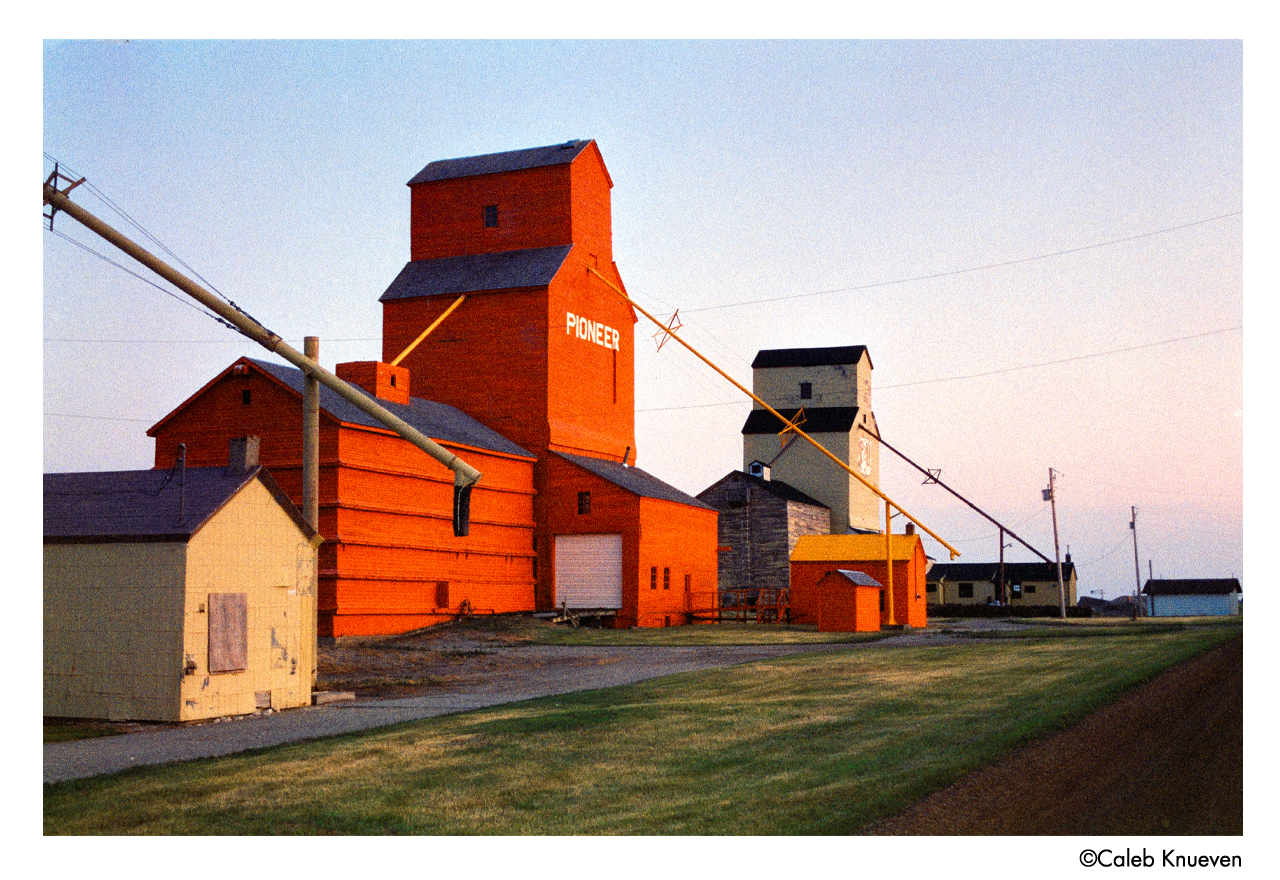
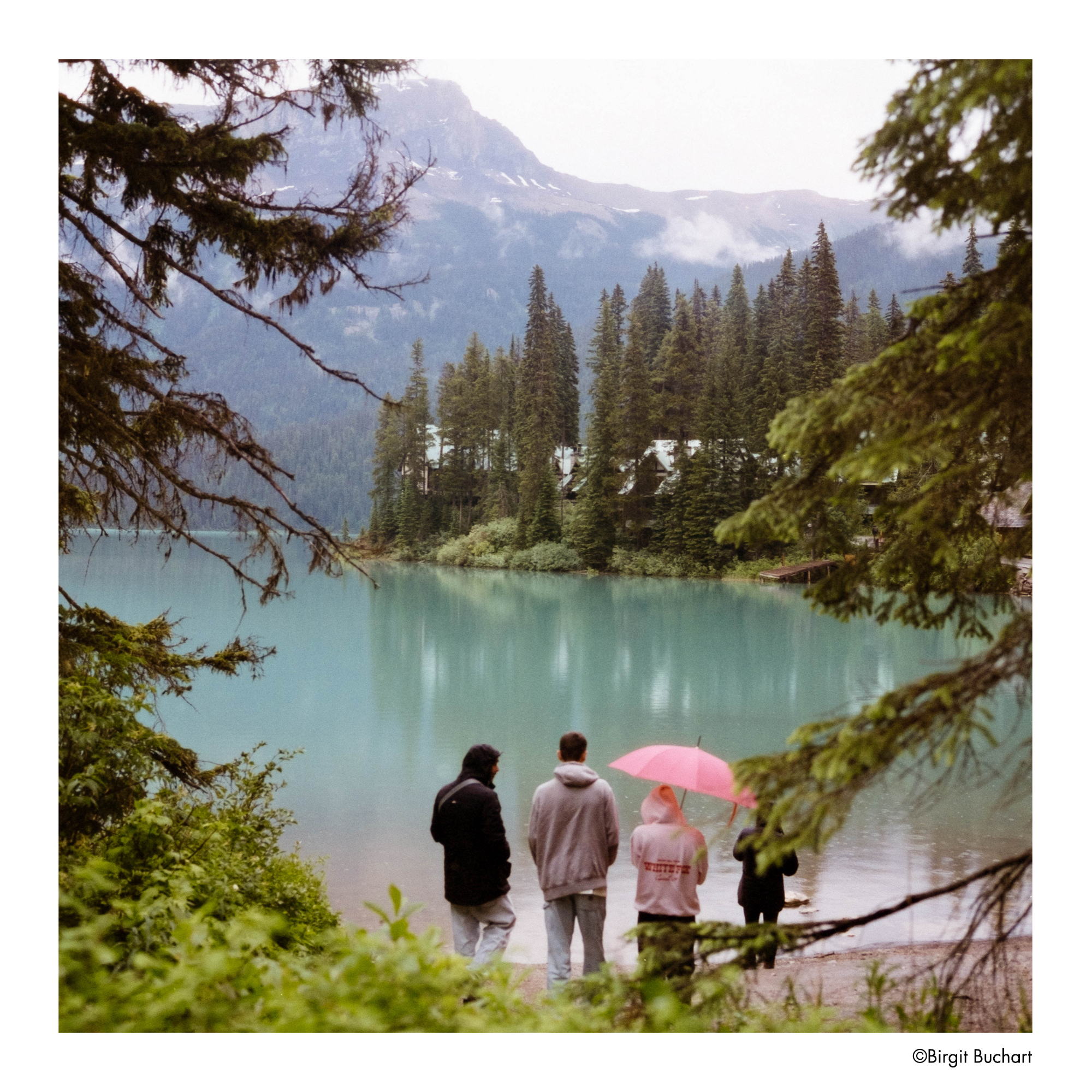
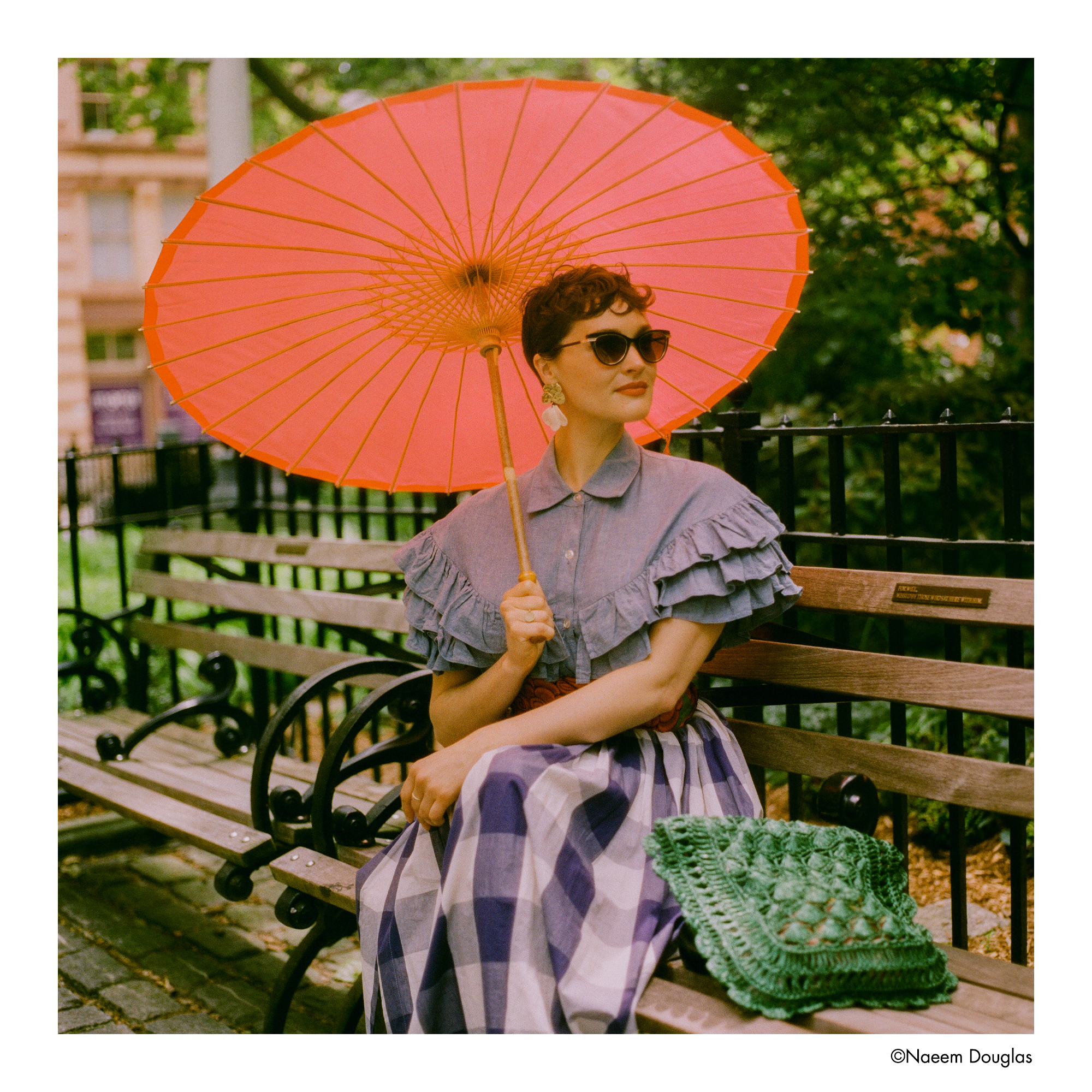
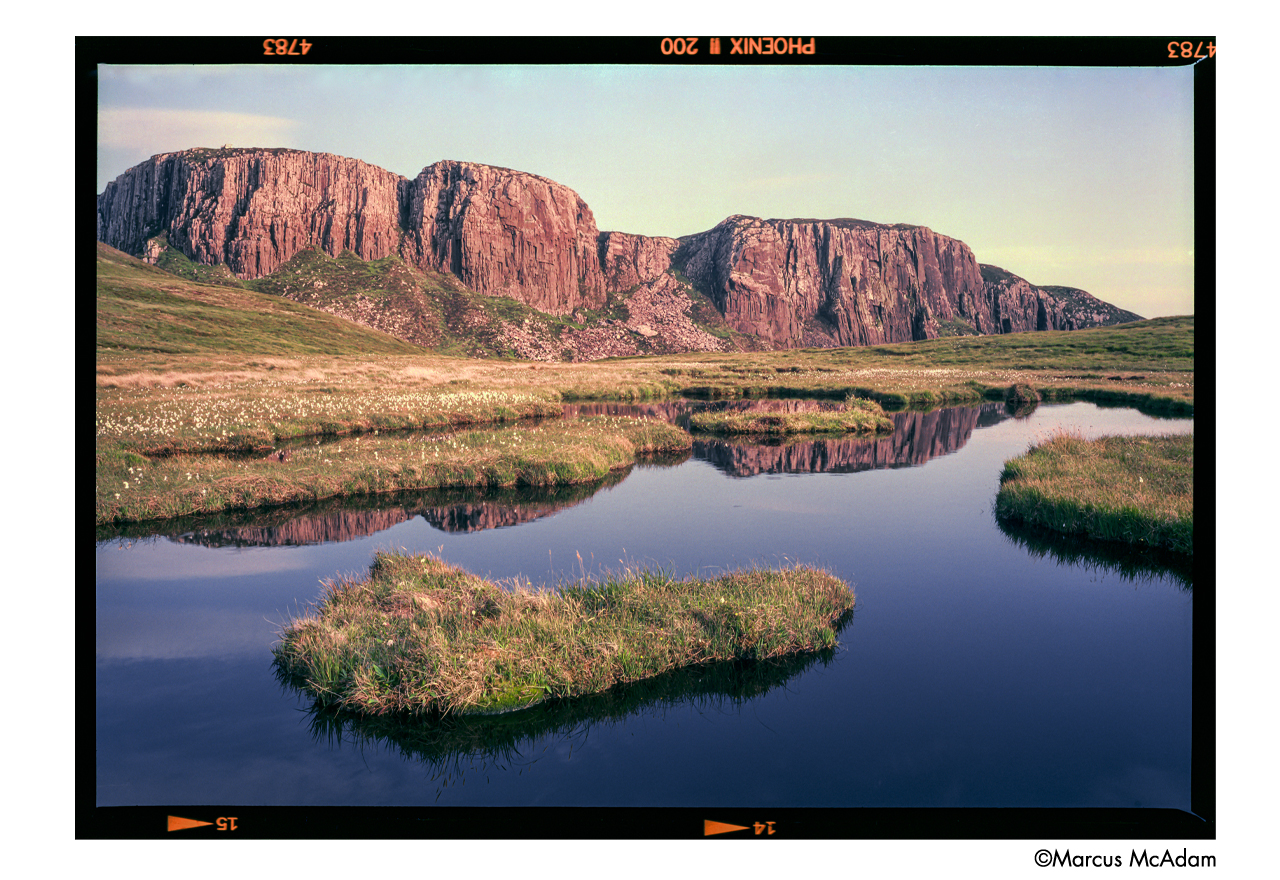
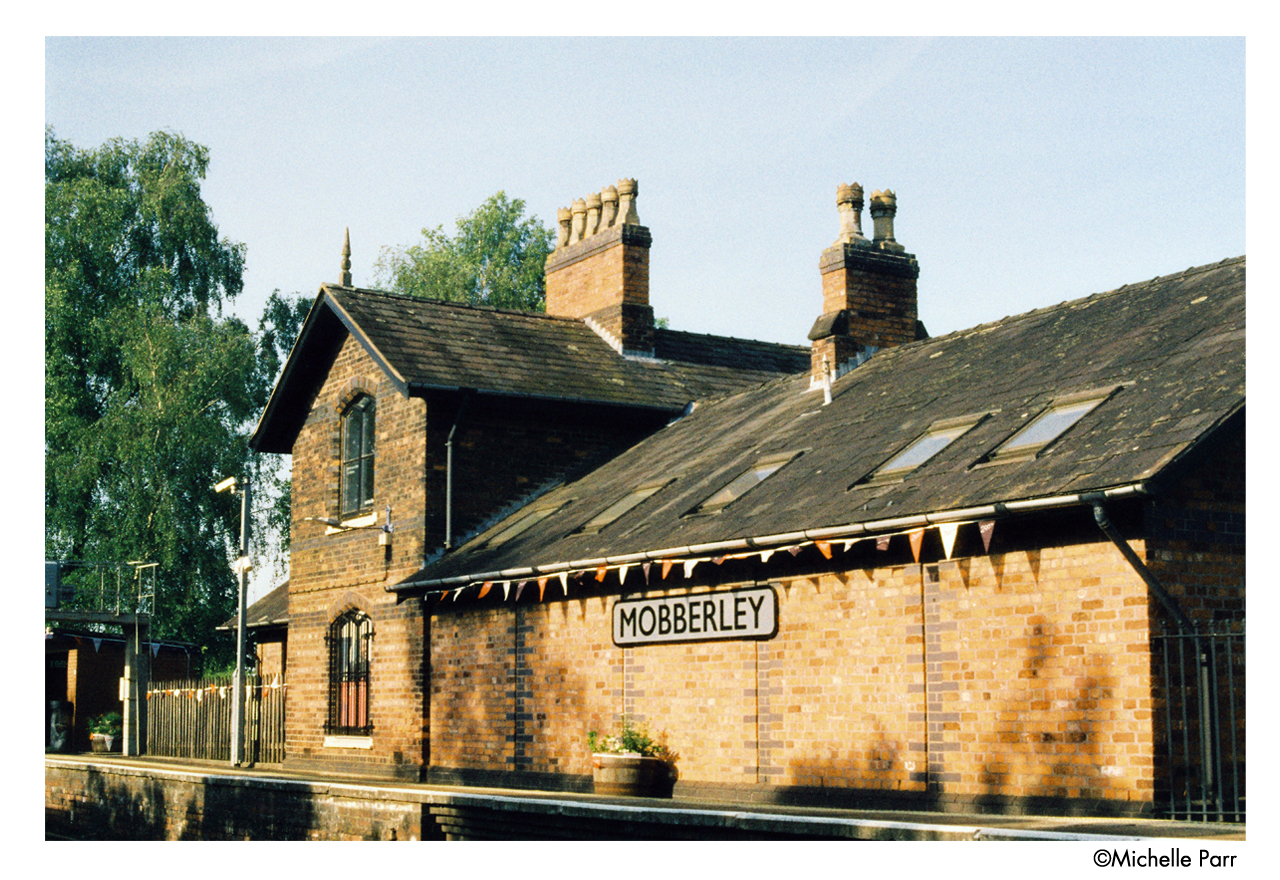
Ultimately, Phoenix II is still a film with quirks - but this time, they’re more controlled and deliberate. It steps away from the wild temperament of the original Phoenix and instead offers a vibrant yet flexible canvas for analog experimentation.
This isn’t mass-market emulsion; it’s a proud expression of British film manufacturing that invites photographers to slow down, think differently, and embrace imperfection in a digital-first world. The halation, the purple base, and the unexpected hues - they’re all part of the charm. Phoenix II doesn’t just capture a scene - it lets it burn a little.
Phoenix II in 35mm is priced at $13.99 for 36 exposures, while a roll of 120 will set you back $11.99
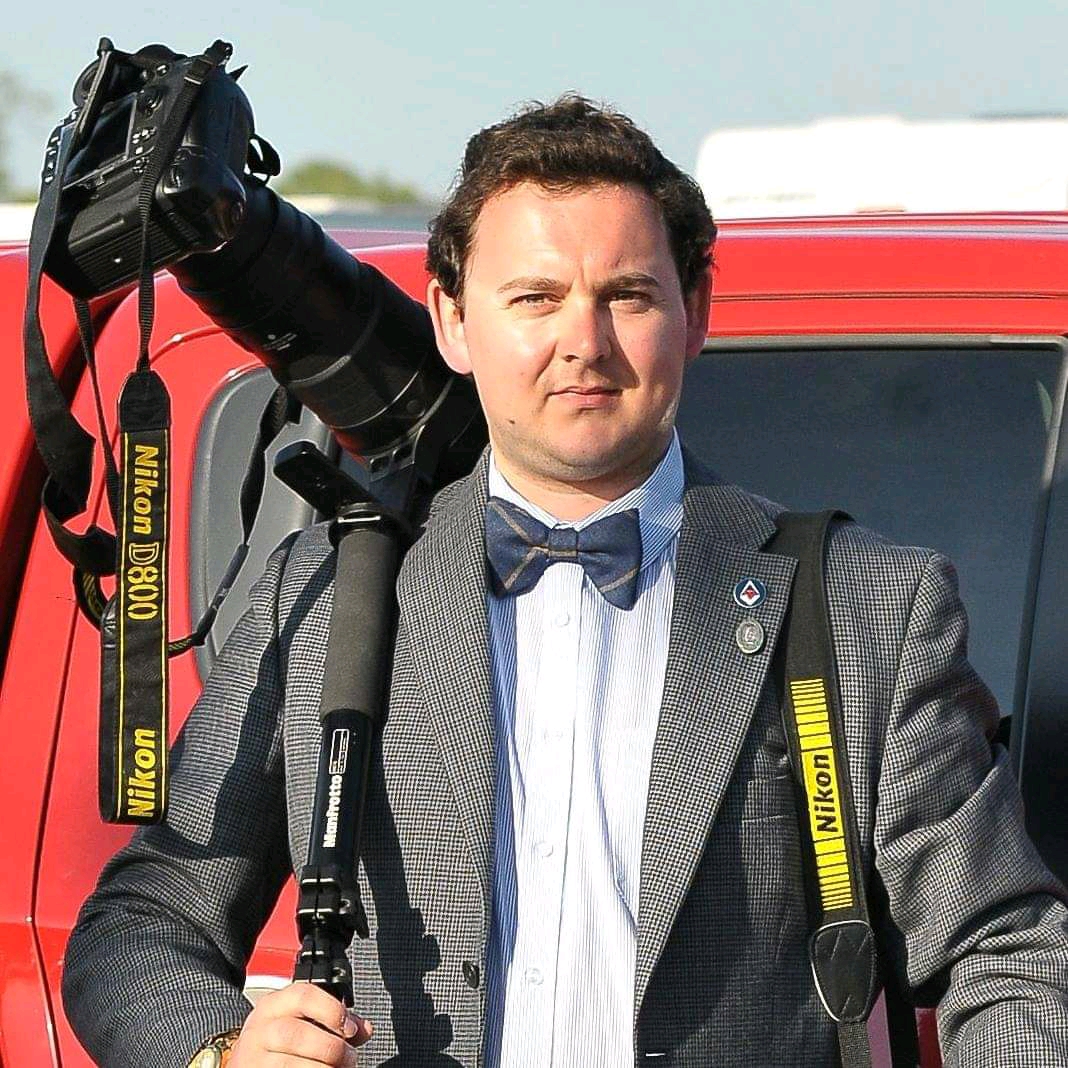
For nearly two decades Sebastian's work has been published internationally. Originally specializing in Equestrianism, his visuals have been used by the leading names in the equestrian industry such as The Fédération Equestre Internationale (FEI), The Jockey Club, Horse & Hound, and many more for various advertising campaigns, books, and pre/post-event highlights.
He is a Fellow of the Royal Society of Arts, holds a Foundation Degree in Equitation Science, and holds a Master of Arts in Publishing. He is a member of Nikon NPS and has been a Nikon user since his film days using a Nikon F5. He saw the digital transition with Nikon's D series cameras and is still, to this day, the youngest member to be elected into BEWA, the British Equestrian Writers' Association.
He is familiar with and shows great interest in 35mm, medium, and large-format photography, using products by Leica, Phase One, Hasselblad, Alpa, and Sinar. Sebastian has also used many cinema cameras from Sony, RED, ARRI, and everything in between. He now spends his spare time using his trusted Leica M-E or Leica M2, shooting Street/Documentary photography as he sees it, usually in Black and White.
You must confirm your public display name before commenting
Please logout and then login again, you will then be prompted to enter your display name.
